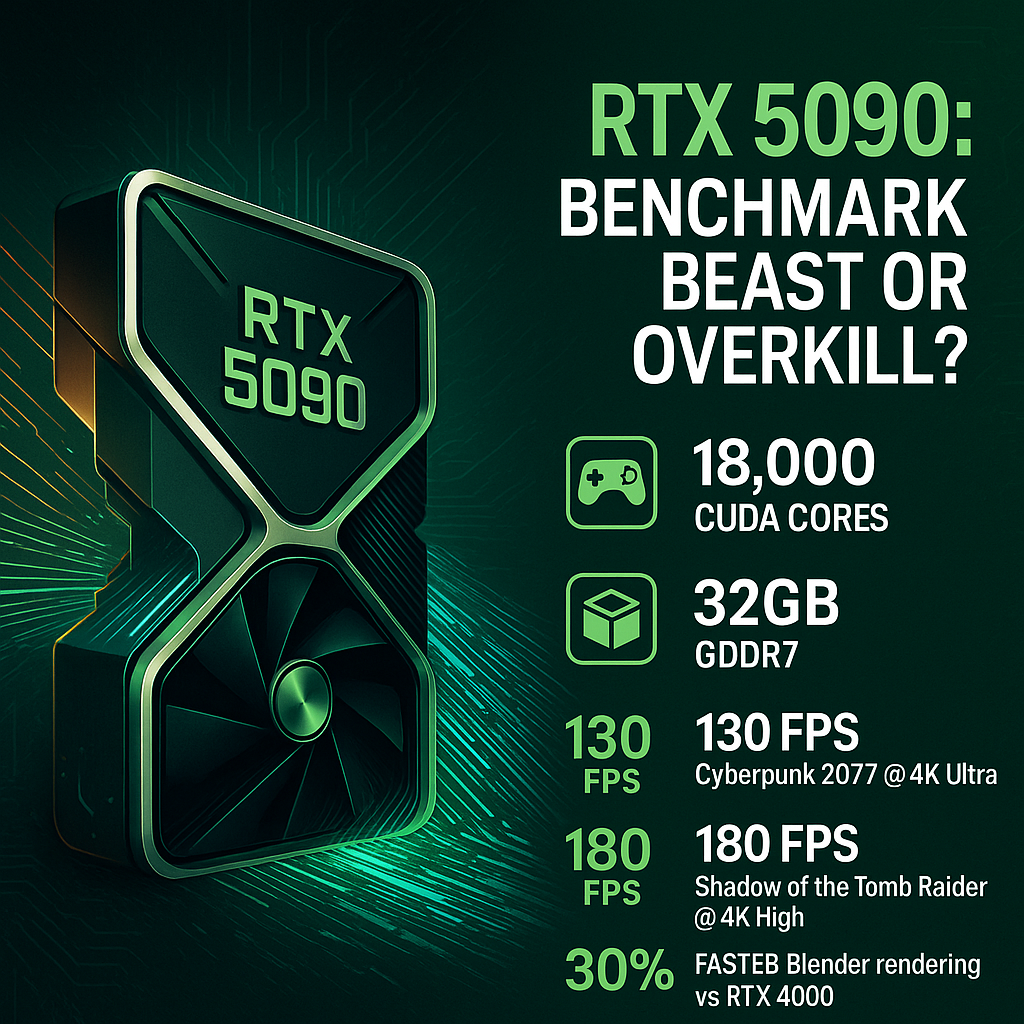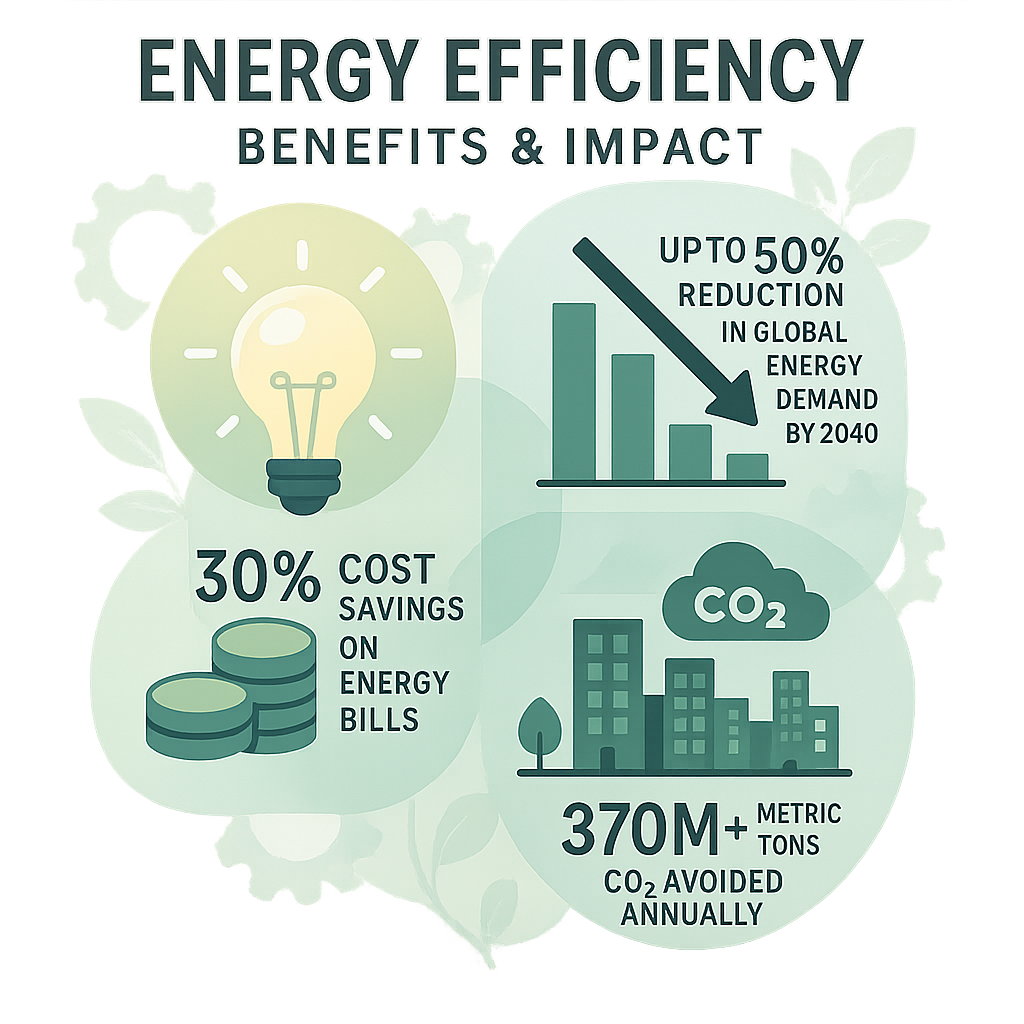Introduction
The Tesla Model 2 is poised to make a significant impact in the electric vehicle (EV) market as an affordable option. Set to become one of the most accessible EVs produced by Tesla, the Model 2 aims to bring cutting-edge automotive technology to a broader audience. This blog post will delve into the features, specifications, and technological advancements of the Tesla Model 2, offering an in-depth examination for industry professionals and decision-makers.
Why the Tesla Model 2 Matters
The shift towards electric vehicles is crucial for reducing carbon emissions and combating climate change. The introduction of affordable models, such as the Tesla Model 2, enhances EV adoption among consumers who may find other models prohibitively expensive. By democratizing access to EV technology, Tesla plays a pivotal role in transitioning the automotive market towards sustainability, aligning with global environmental goals.
Key Features
- Price Point: Targeted at a base price around $25,000, the Model 2 promises to be the most affordable Tesla yet, making EV ownership feasible for a larger demographic.
- Range: While specific figures are not yet confirmed, projections suggest a range of approximately 250 miles per charge, which is competitive for its class.
- Performance: Early reports indicate this model will inherit Tesla’s reputation for swift acceleration and high performance, even at a lower price point.
- Interior and Technology: Incorporating Tesla’s minimalist design and advanced technology, features may include a touchscreen interface, Autopilot capabilities, and over-the-air updates that are standard across all Tesla vehicles.
- Safety: Tesla vehicles are known for their high safety ratings, and the Model 2 is expected to continue this trend with an array of safety features standard in the design.
Game-Changing Technology
Tesla has consistently been at the forefront of EV technology, and the Model 2 is no exception. Innovations expected to be integrated into this model include:
- Battery Technology: Tesla’s advancements in battery technology aim for a more efficient and longer-lasting battery pack compared to previous models, minimizing the cost per mile.
- Autonomous Driving: The Model 2 is likely to include state-of-the-art features for semi-autonomous driving, with ongoing software updates improving functionality without requiring customers to purchase new hardware.
- Mobile App Integration: As with existing Tesla models, the Model 2 will feature seamless integration with the Tesla app, allowing users to monitor vehicle status, schedule charging, and control various features remotely.
Challenges or Limitations
While the prospects for the Tesla Model 2 appear promising, there are notable challenges and limitations to consider:
- Availability: As of now, specific release dates remain uncertain, and potential buyers may need to exercise patience as production ramps up.
- Market Competition: The introduction of the Model 2 will see direct competition from other automakers entering the affordable EV space, possibly impacting sales and market share.
- Infrastructure: Effectiveness of the Model 2 may also depend on the continued expansion of EV charging infrastructure, which remains uneven across different regions.
Conclusion
The anticipated Tesla Model 2 could reshape the landscape of affordable electric vehicles by making advanced technology accessible to a wider audience. Its features, combined with Tesla’s commitment to innovation, position the Model 2 as a potential game-changer in the EV market. Industry professionals and consumers alike will be looking forward to its release, keen on evaluating its contributions to sustainable transportation.



